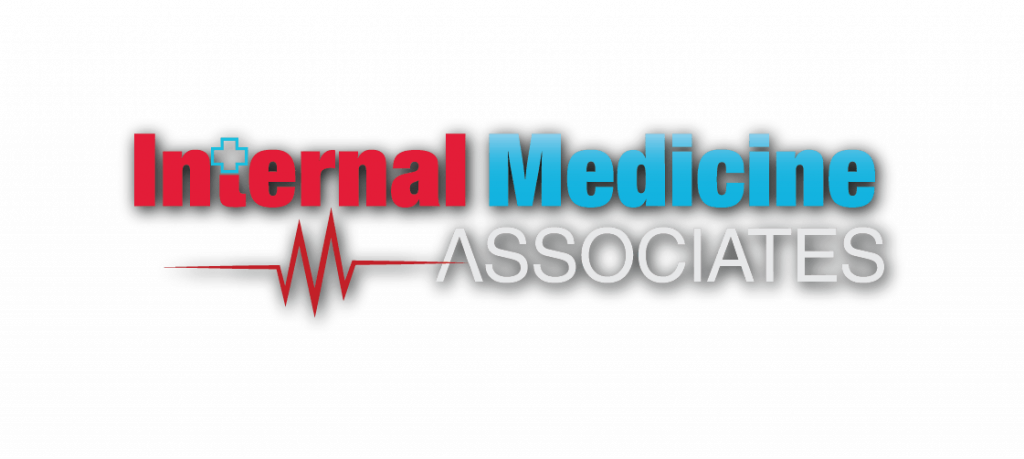-
121 Mayfield Drive Smyrna,
Tennessee 37167 - By Phone: 615-459-4686
- By Fax: 615-459-4086
"At Internal Medicine Associates,
We Care & We Listen”
Diagnostic Service
Bone Density
Bone Mineral Density tests are quick, painless tests that can measure bone strength and predict fracture risk. Bone Mineral Density is an accurate way to measure the mineral content and density of a patient’s bones. Our technologist is able to take measurements of the spine, femur or forearm. The length of the examination varies, depending upon what part of the body is examined. A bone mineral density test is one of the more accurate ways to diagnose osteoporosis in its early stages and to monitor any changes.
Precautions: None.
Patient Instructions: Recommended for patient to wear comfortable clothes with no metal zippers, buttons or buckles.
X-Ray
General Radiology is a term used to describe basic x-ray procedures. Many x-ray procedures require no preparation and can be done at any time during our office hours. Patients may walk in for these studies without an appointment.
Ultrasound
Examination of the body with ultrasound. There is no radiation involved. No dye or intravenous contrast media is required. There are no known biological effects. Similar to sonar, sound waves are transmitted into the body with a transducer that can send and receive sound signals. When the sound waves are received a picture is formed by the computer using the information.
Arterial Doppler with Segmental Pressures
Arterial Doppler with Segmental Pressures is a valuable tool for accessing the blood supply to the lower extremities in patients who have claudication. Claudication is reproducible pain or cramping with exercise that is relieved with rest. Doppler waveforms are obtained and blood pressures at different levels of the legs are measured and compared to the blood pressure in the arm. Precautions: None. Patient Instructions: There is no patient preparation for the exam.
Carotid Doppler & Peripheral Vascular Doppler
Peripheral Vascular and Carotid Doppler are used to examine disease inside the lumen of the blood vessels. Not only are images made of the vessels themselves, but blood flow direction as well as speed can be detected and measured. Precautions: None.
Nerve Conduction Studies
Nerve conduction velocity (NCV) is a test of the speed of conduction of impulses through a nerve. The nerve is stimulated, usually with surface electrodes, which are patch-like electrodes (similar to those used for ECG) placed on the skin over the nerve at various locations. One electrode stimulates the nerve with a very mild electrical impulse. The resulting electrical activity is recorded by the other electrodes. The distance between electrodes and the time it takes for electrical impulses to travel between electrodes are used to calculate the nerve conduction velocity.
How Should I Prepare for a Nerve Conduction Studies?
After showering on the day of your examination, do not use any creams, moisturizers or powders on your skin. If you have any bleeding disorders, let the examining physician know prior to testing. If you take blood thinners, even any aspirin or aspirin like medications let the examining physician know. You may be asked to stop blood thinners and aspirin products prior to your examination.
If you have a pacemaker or other devices that are implanted in your body to deliver medications, let the examining physician know. Any history of back or neck surgery should be discussed with the examining physician, as the examination may need to be modified. Also, any recent fevers or chills may indicate current bodily infection and should be mentioned to the examining physician.
Electrocardiogram
Electrocardiography (EKG, ECG) measures your heart’s electrical signal as it triggers each of your four heart chambers to pump (contract). Small pads (electrodes) attached to the surface of your skin detect the electrical signals. The electrodes are attached with wires to a machine that draws a graph of the electrical signals.
A comprehensive measurement of your heart’s signals requires 6 electrodes on your chest and 4 distributed across your arms and legs. Each electrode measures your heart’s electrical activity from a different angle, which the EKG machine displays as 12 separate readings. Your doctor gets the equivalent of a three-dimensional perspective of your heart’s electrical function from these readings.
Laboratory Tests
We have on-site testing laboratory and we also use the services of
Quest Diagnostics
Internal Med Associates | © 2022. All Rights Reserved
